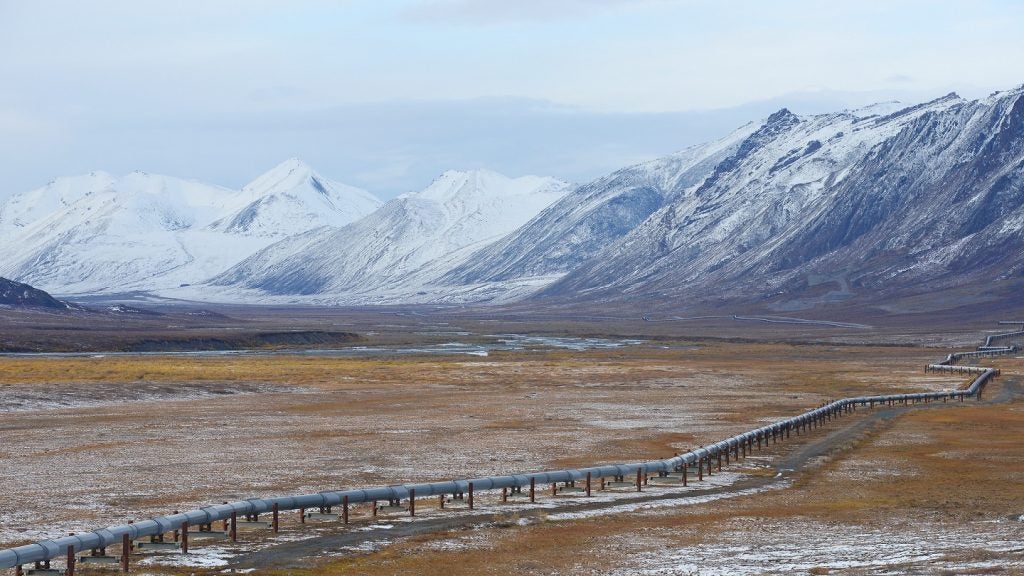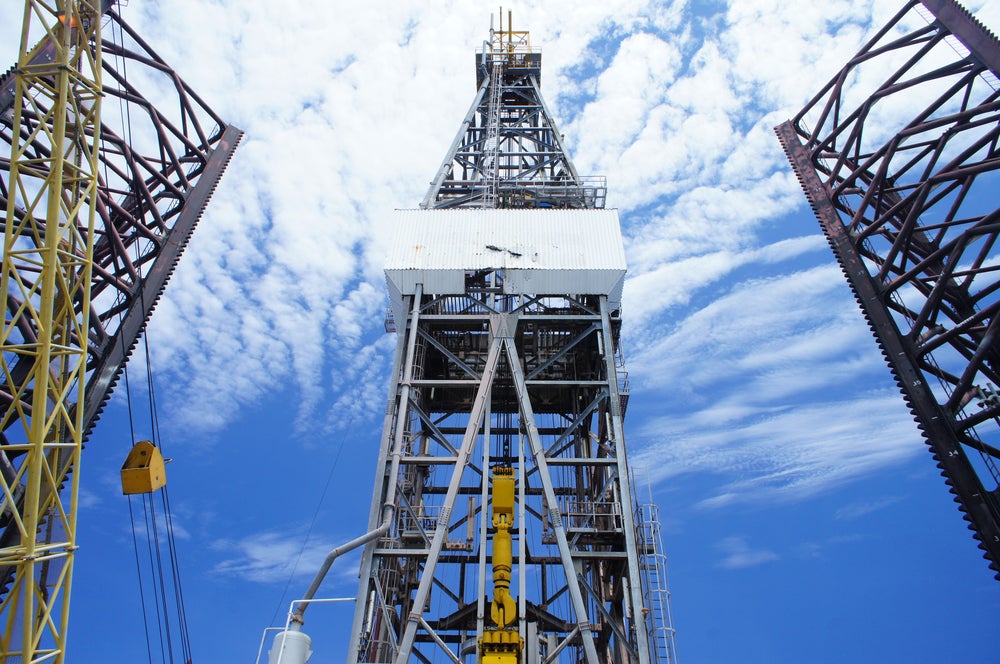

The last few years has seen a marked increase in the amount of new rigs being built, particular shallow water jack-up rigs. Danish giant Maersk has just unveiled the first of four new-generation ultra harsh environment jack-up rigs costing $2.6bn in total. The new generation rigs have more capacity, more capability and can drill deeper.
But as rigs become bigger and more technologically advanced, moving them becomes increasingly complicated. Specialist marine and engineering consultancy Aqualis Offshore, set up in December 2012, is just one company which provides consultancy services to companies during their big rig moves.
Aqualis CEO David Wells spoke to Grant Turnbull about complex rig moves and how his company is expanding into new emerging markets.
Grant Turnbull: Why do oil rigs need to be moved?
David Wells: Firstly, when you start exploring a field an oil rig has to be moved to that location. You drill an exploratory well, then install a multi well production platform which produces either oil or gas. This is the primary function of the rig.
But as life goes on, the wells need maintenance to keep them flowing. Wells can clog up because oil tends to be quite waxy or the formation itself may need to be cleared out. Hydrocarbons can also contain hydrogen sulphide which is acidic causing the production piping inside the well to corrode and need replacing. So after the well has been drilled and has been producing for a while there is a requirement to go back on a regular basis to do a workover, to re-stimulate the well, or to replace certain bits of pipe work.
How well do you really know your competitors?
Access the most comprehensive Company Profiles on the market, powered by GlobalData. Save hours of research. Gain competitive edge.

Thank you!
Your download email will arrive shortly
Not ready to buy yet? Download a free sample
We are confident about the unique quality of our Company Profiles. However, we want you to make the most beneficial decision for your business, so we offer a free sample that you can download by submitting the below form
By GlobalDataAlso, as technology has improved, we now have sidetracks which effectively drill a well horizontally. So old wells are being revisited and there is constant need for rigs to move around.
New legislation improves financial assurances for spill response, does it go far enough?
GT: How does Aqualis Offshore assist in the rig moving process?
DW: We have two areas of interest. We provide people to be the tow master or rig mover, which is like the pilot on a ship. Alternatively when there is a requirement from the underwriters, particularly on jack-ups, to have a marine warranty surveyor on board, we attend the rig move and carry out the engineering reviews to make sure the move is conducted to industry standards and the risk envelopes are within acceptable industry limits.
We can do both of those roles depending on who the client is and what they want.
GT: What are the resources required for rig moving?
DW: For floating rigs, when the water depth is over say 2,000 feet you use dynamic positioning units. These are self-contained and they look after themselves. So here we are talking about shallow-water of less than 2000 feet. The most important thing is tugs because jack-ups and shallow-water submersibles are generally non self propelled.
The second resource that is required is a rig mover; to actually orchestrate the rig move. The third resource is a requirement for many locations nowadays for some positioning surveyors to be on board with GPS. Finally, there is the marine warranty surveyor and his associated rig move approvals for underwriters.
GT: What markets are you keen to explore, do you foresee any challenges?
DW: We are looking at central America very closely at the moment. We want to develop in Brazil, we have a little bit of rig moving going on already but we want to have more input. West Africa is a place we should be looking at developing further going forward and East African potential is also growing dramatically, we are looking closely at that market too.
In terms of challenges, some emerging markets tend not to be always so regimented and therefore they need to be persuaded that the safest way of doing a rig move is to adopt the international procedures and guidelines. Our challenge is not to cut corners and to do things properly.

GT: What are the most challenging rig moves?
DW: Long distance transportations from one part of the world to another, going around the Cape of Good Hope in South Africa in particular. Those are often quite challenging from an engineering point of view. There are four or five companies in the world that have specialist vessels that carry large cargoes and which are working all the time moving rigs and other equipment.
GT: What challenges do you have with jack-up rigs?
DW: The most important thing to get right are the soil analyses. The worst are with hard soils over soft which can take a certain amount of weight before quickly collapsing and this creates what is known as a punchthrough. A punchthrough can be very dramatic and if they are severe enough they can badly damage or even break the legs.
It is all about analysing soils, knowing what to expect and making sure that the soils are appropriate for deployment of a jack up. If they are not correct then making a specific procedure to minimise risk of damage is vital. In the worse case scenario a location may not be suitable and we have to say no.
GT: What other dangers could be present during a rig move?
DW: Other dangers include weather and getting caught in storms, so if you’re doing a long move the weather becomes particularly important. With a short move then you have control and only move when you have a clear forecast. The problem on semi submersibles are the pontoons and cross braces. If you get into a storm and the rig is ballasted out of the water, the waves will crash into the braces and that could cause major structural damage with catastrophic consequences.
Norwegians have been flocking to Houston to cash in on their reputation as offshore oil industry innovators.
Also, in certain parts of the world competency is not as good as it is in other parts. North Sea competency is very good. Some emerging markets are not quite as competent. So that is something for us to be careful of.
GT: What kind of rig creates the most problems?
DW: I think jack-ups are the most complicated for rig moving, there’s quite a large approval process. Jack-ups stand on the seabed so there is a requirement to make sure the soils are strong enough and the seabed is not disturbed too much to cause problems with the positioning. Every rig that goes to a location creates leg disturbance to the seabed so when you have interaction between the previous and the current rig positions you can have leg sliding and eccentric loading problems.
GT: Is there a certain type of rig Aqualis specialises in?
DW: Our company tends to focus on jack-ups for two reasons. One is they do not carry marine crews on board, and a lot of companies do not have the size or capacity to maintain marine people. So we can provide them.
The second reason is the requirement from the the insurance market to have somebody on board. So the rig owner is obliged to appoint one of a selected number of approved companies to have their representative on board. That is where we come in.
GT: How long does the average move take in an oil field?
DW: For a floater, about a day to recover the anchors and a day to lay them again, plus the towing from location to location, so two to three days for an in field move for a standard floater. For a jack up, it depends on how far you have to tow it from location to location but from jacking down to jacking back up again it generally takes around 24 hours for a field move.
GT: At what speed can you move an oil rig?
DW: As fast as they can be towed, to be honest. If it is a wet tow where the rig is moved by tugs, around 3-4 knots for a jack up and 5 knots for a floater. On a dry transportation when they are loaded onto a ship they can travel around 14 knots.

GT: Why would you use different methods of rig moving?
DW: A dry transportation means much faster mobilization and there is less stress on the rig. It is also much cheaper, as the speed saves a huge amount of cost. So if you are transporting a rig, say, more than 1,000 miles then a dry transportation is probably the preferred option. If the rig owner can save a week, two weeks, three weeks at a time he gets a lot more revenue into his company since he can start his contract early.
GT: How are the new generation of rigs affecting rig moving?
DW: The new builds are much more drilling capable rigs updated with technology but their structures are designed with much less margin of error now. The old units used to be very heavily over engineered so their legs were very strong and could take quite a lot of abuse. Modern ones are more fragile and need careful handling during rig moves – the period where a high percentage of rig accidents tend to occur.
GT: Are there any technological innovations which you think are aiding rig moving?
DW: Rig moving is still a fairly basic marine operation, obviously the tugs are better than they used to be, the rigs are better than they used to be but the same fundamentals still exist.
GPS has really made a difference to rig moving and communications as a whole have improved. Once upon a time there was no good communications but now with satellites and internet it is much better. That is a huge advantage especially if rigs start getting into trouble. GPS has been a real game changer in terms of positioning and moving the rigs around.
Follow Grant Turnbull on Google+


.gif)



